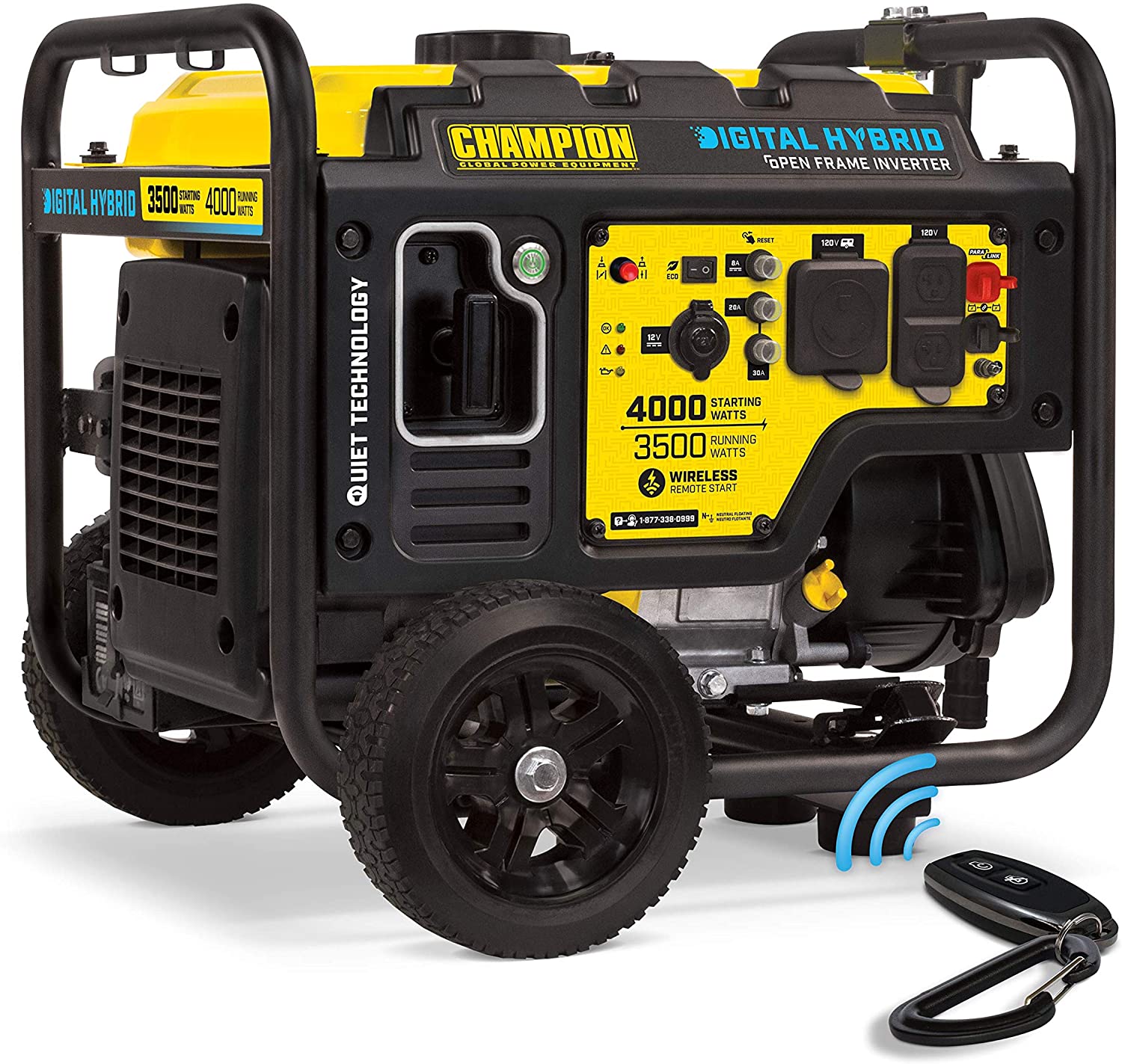A) find all generators of the cyclic groups (z12, +), (z16, . = number of positive integers less than n and realitively prime to n. Finding generators of a cyclic group depends upon the order of the group. If the order of a group is 8 then the total number of generators of group g is . Let us determine all the generators of the group z11.

(b) find all cyclic subgroups of the group z28.
= number of positive integers less than n and realitively prime to n. If all the elements of g are generated by the power of . Let g be a finite group of order n then g is called a cyclic group if g has an element of order n i.e. (c) find all the elements in the cyclic subgroup 〈a〉 generated by a. Let g be the group defined by the following cayley table. The remaining eight elements of the group are not generators. Let us determine all the generators of the group z11. Thus, assuming this test is valid, we will find the generators of c5, c8, and c10. Finding generators of a cyclic group depends upon the order of the group. By the fundamental theorem of cyclic groups, all of the subgroups (which are all cyclic) of z28. The number of generators of the cyclic group of order 12 is. (b) find all cyclic subgroups of the group z28. A) find all generators of the cyclic groups (z12, +), (z16, .
As noted before, all elements of c5 (except for the identity element) . (c) find all the elements in the cyclic subgroup 〈a〉 generated by a. Let us determine all the generators of the group z11. Let g be the group defined by the following cayley table. The number of generators of the cyclic group of order 12 is.

Its size is m = φ(11) = 10, .
Let g be a cyclic group of order m, and let g be a generator of. Let us determine all the generators of the group z11. Thus, assuming this test is valid, we will find the generators of c5, c8, and c10. Its size is m = φ(11) = 10, . (b) find all cyclic subgroups of the group z28. Let g be the group defined by the following cayley table. So all the group elements {0,1,2,3,4} in z5 can also be generated by 2. The number of generators of the cyclic group of order 12 is. If all the elements of g are generated by the power of . That is to say, 2 is also a generator for the group z5. As noted before, all elements of c5 (except for the identity element) . (c) find all the elements in the cyclic subgroup 〈a〉 generated by a. The remaining eight elements of the group are not generators.
Let us determine all the generators of the group z11. Let g be the group defined by the following cayley table. Its size is m = φ(11) = 10, . The remaining eight elements of the group are not generators. Let g be a cyclic group of order m, and let g be a generator of.

Let g be a cyclic group of order m, and let g be a generator of.
Let us determine all the generators of the group z11. Thus, assuming this test is valid, we will find the generators of c5, c8, and c10. If the order of a group is 8 then the total number of generators of group g is . (c) find all the elements in the cyclic subgroup 〈a〉 generated by a. By the fundamental theorem of cyclic groups, all of the subgroups (which are all cyclic) of z28. = number of positive integers less than n and realitively prime to n. So all the group elements {0,1,2,3,4} in z5 can also be generated by 2. (b) find all cyclic subgroups of the group z28. Let g be a cyclic group of order m, and let g be a generator of. Let g be the group defined by the following cayley table. That is to say, 2 is also a generator for the group z5. If all the elements of g are generated by the power of . The number of generators of the cyclic group of order 12 is.
Download How To Find All Generators Of Cyclic Group Background. = number of positive integers less than n and realitively prime to n. Finding generators of a cyclic group depends upon the order of the group. Let us determine all the generators of the group z11. (c) find all the elements in the cyclic subgroup 〈a〉 generated by a. Let g be a finite group of order n then g is called a cyclic group if g has an element of order n i.e.

